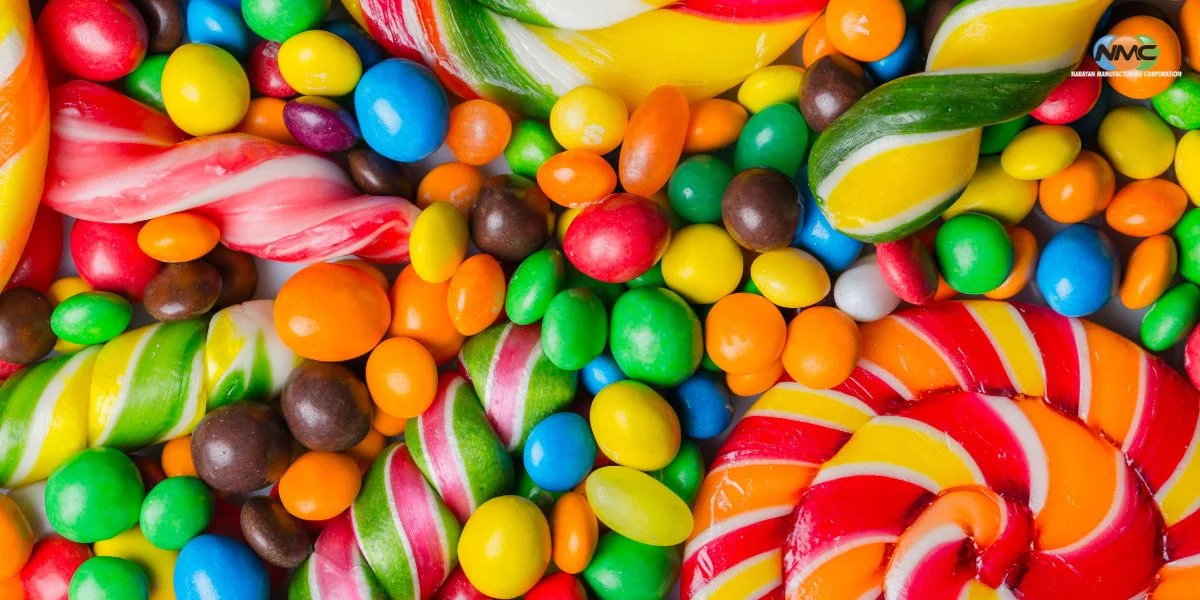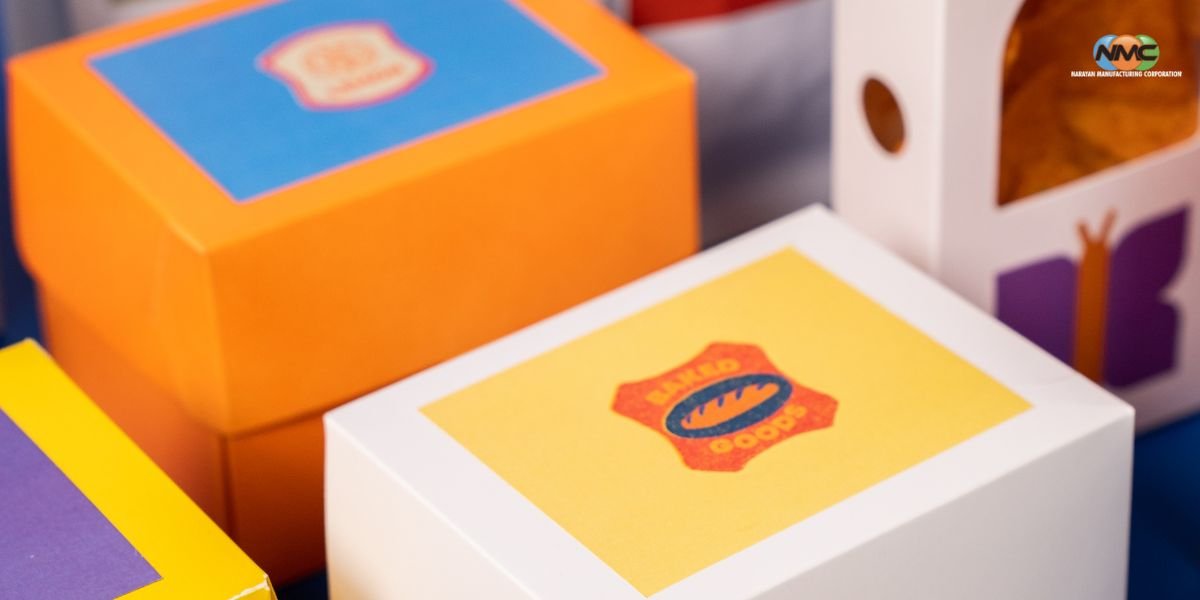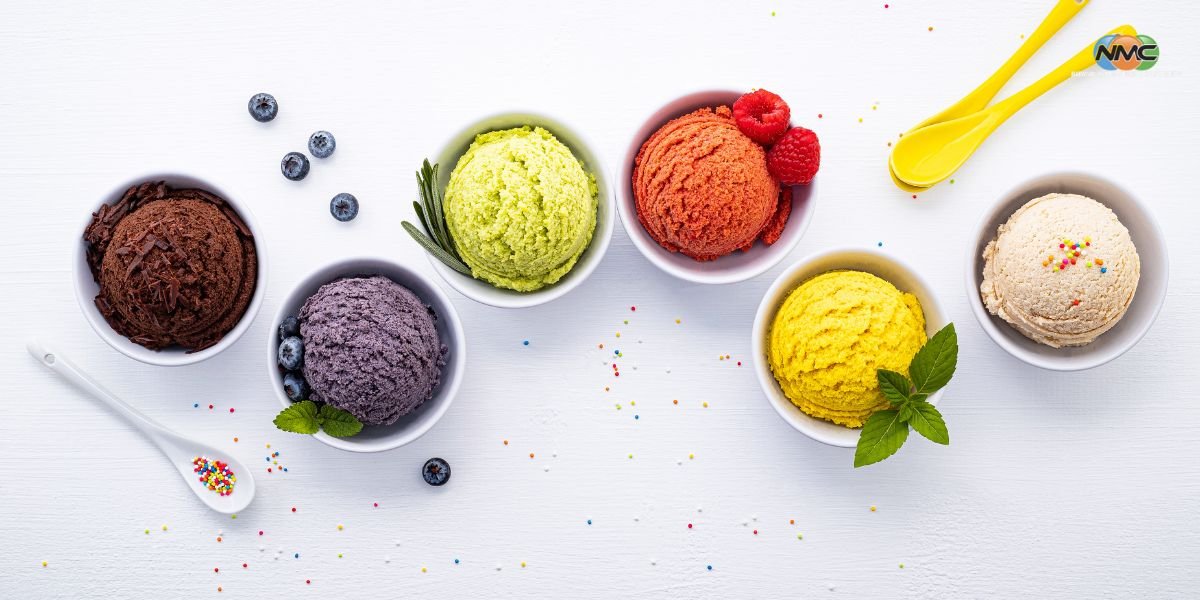Food coloring plays a crucial role in the food industry, transforming the appearance of products and making them more appealing to consumers. However, the use of food colors is heavily regulated worldwide to ensure the safety and well-being of consumers. The regulatory landscape for food coloring varies significantly across different regions, reflecting diverse approaches to safety, approval processes, and labeling requirements. This blog delves into the global regulatory frameworks that govern the use of food coloring, highlighting key differences and emerging trends.
The Role of International Standards
At the heart of global food coloring regulations is the Codex Alimentarius Commission, an international food standards body established by the World Health Organization (WHO) and the Food and Agriculture Organization (FAO) of the United Nations. The Codex sets guidelines and standards for food additives, including colors, that serve as a reference point for many countries. These standards aim to harmonize regulations across borders, promoting safe and fair practices in the global food trade.
Country-Specific Regulations
While international standards provide a baseline, individual countries often have their own specific regulations regarding food coloring. These regulations can differ significantly, particularly in terms of approved colors, safety assessments, and labeling requirements.
United States
In the United States, the Food and Drug Administration (FDA) is responsible for regulating food colors. The FDA categorizes food colors into two main groups: certified colors (synthetic) and exempt colors (natural). Certified colors undergo rigorous testing and are assigned specific codes (e.g., FD&C Red No. 40). Exempt colors, often derived from natural sources, do not require certification but must still meet safety standards. The FDA also sets acceptable daily intake (ADI) levels for each color to ensure consumer safety.
European Union
The European Food Safety Authority (EFSA) oversees food coloring regulations in the European Union. Similar to the FDA, EFSA conducts thorough safety evaluations before approving any food color. However, the EU has stricter regulations regarding certain synthetic colors, requiring warning labels on products containing them. For example, the “Southampton Six” colors, linked to hyperactivity in children, must carry a warning label indicating the potential effects on activity and attention.
Asia-Pacific
In countries like Japan, China, and India, food coloring regulations are influenced by both international standards and local traditions. Japan’s regulations are particularly stringent, with only a limited number of synthetic colors approved for use. China, on the other hand, follows a combination of Codex guidelines and national regulations, with a focus on ensuring food safety amid rapid industrial growth.
Safety Assessments and Scientific Evaluations
Safety is a primary concern in the regulation of food colors. Regulatory bodies like the FDA and EFSA rely on scientific research to assess the safety of food colors. These assessments involve extensive studies on toxicity, potential health risks, and long-term effects. The outcome of these evaluations determines whether a food color is approved, restricted, or banned.
Acceptable Daily Intake (ADI) levels are a key component of safety assessments. These levels represent the maximum amount of a substance that can be consumed daily over a lifetime without posing a significant risk to health. Regulatory agencies use ADI levels to guide the approval and use of food colors in various products.
Labeling Requirements
Transparency in labeling is another critical aspect of food coloring regulations. Consumers have the right to know what is in their food, and labeling requirements ensure that this information is clearly communicated.
In the EU, products containing certain synthetic colors must carry a label warning consumers about potential behavioral effects. In the US, all certified colors must be listed by their specific names or codes on ingredient labels. Some countries also require additional information, such as the source of natural colors or whether the product is suitable for specific dietary needs.
Emerging Trends in Food Coloring Regulations
The regulatory landscape for food coloring is continuously evolving, driven by scientific advancements, consumer preferences, and public health concerns. One notable trend is the increasing scrutiny of synthetic colors, with a growing preference for natural alternatives. This shift is reflected in regulatory changes, such as stricter safety evaluations and labeling requirements for synthetic colors.
Another trend is the rise of clean label products, which aim to use simple, natural ingredients with minimal processing. As consumers become more health-conscious, demand for food products with natural colors is expected to rise, prompting further regulatory adjustments.
Conclusion
Navigating the regulatory landscape of food coloring requires a thorough understanding of the various rules and standards that apply across different regions. While international standards like those set by Codex Alimentarius provide a foundation, individual countries have unique regulations that reflect local values, traditions, and scientific perspectives. As the food industry continues to innovate and respond to consumer demands, staying informed about these regulations is essential for ensuring compliance and maintaining consumer trust.
















